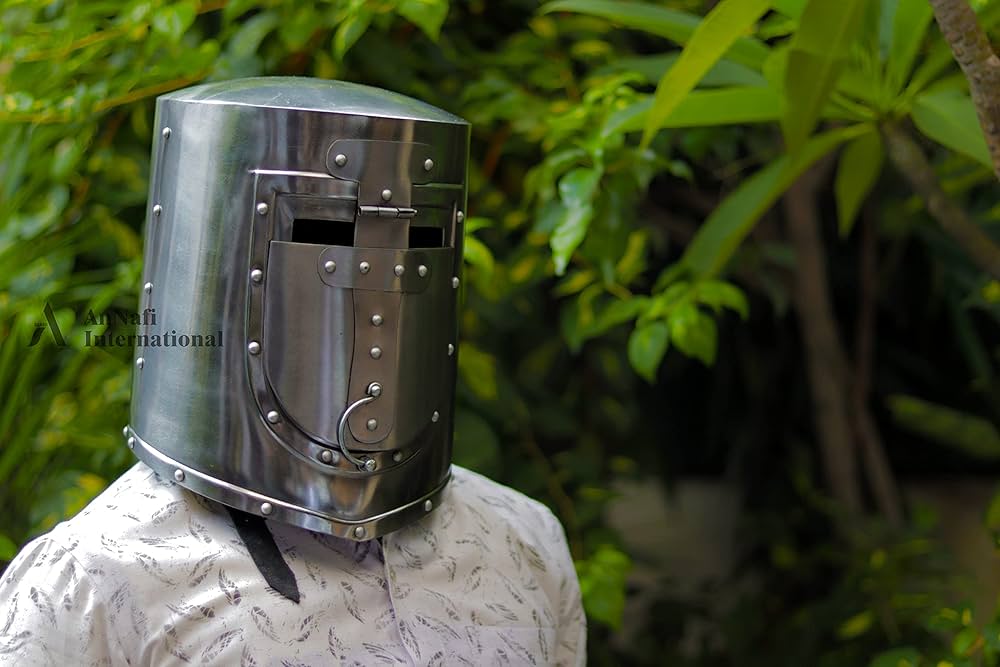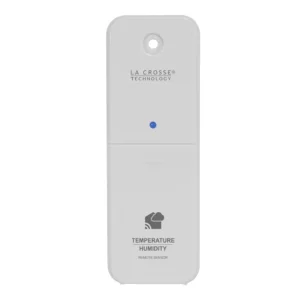
The High-Tech Crusader Helmet: A Fusion of Tradition and Technology Introducti chivalry and valor, has captivated imaginations for centuries. While traditional designs evoke images of medieval knights on horseback, modern advancements in technology have paved the way for innovative reinterpretations of this iconic piece of armor. The high-tech crusader helmet combines historical aesthetics with cutting-edge features, catering to both enthusiasts of medieval history and modern-day technology. This article explores the design, technology, applications, and cultural significance of the high-tech crusader helmet, delving deeper into its various aspects and implications.
Historical Context

The traditional crusader helmet, often characterized by its conical shape, faceplate, and intricate designs, served as protection in battle during the Crusades (11th to 13th centuries). These helmets were typically made from steel or iron, often adorned with heraldic symbols. Their design evolved over time, influenced by various cultures and warfare techniques. The helmet represented not only physical protection but also the honor and identity of the knight wearing it.
Evolution of Helmet Design
The evolution of helmet design throughout the Middle Ages included various styles, such as the great helm, kettle hat, and sallet, each catering to different combat scenarios and tactical needs. The designs incorporated features aimed at maximizing visibility while minimizing exposure, illustrating the balance between functionality and aesthetic appeal.
Modern Design Innovations
1. Materials
Modern high-tech crusader helmets utilize advanced materials such as carbon fiber, Kevlar, and titanium alloys. These materials provide superior strength and durability while remaining lightweight, enhancing comfort and mobility for the wearer. Innovations in metallurgy and materials science allow for helmets that can withstand extreme conditions, including high impacts and environmental hazards.
2. Integrated Technology
Many high-tech crusader helmets feature integrated technology, including:
- Augmented Reality (AR): AR displays can project tactical information, navigational data, and enemy locations directly onto the visor, allowing for enhanced situational awareness without distraction. This capability transforms the helmet into a powerful tool for modern combat scenarios, where real-time data is crucial.
- Communication Systems: Built-in two-way radios and Bluetooth connectivity enable seamless communication among team members, crucial in combat or tactical situations. This ensures that commands can be relayed instantaneously, enhancing teamwork and strategic execution.
- Heads-Up Display (HUD): Some helmets are equipped with HUDs that provide critical information, such as health status, environmental conditions, and mission objectives, allowing for quick decision-making. The HUD can also integrate with other systems, such as drones or reconnaissance units, providing a comprehensive battlefield overview.
3. Smart Features
- Environmental Sensors: Sensors can monitor air quality, temperature, and noise levels, providing real-time data to the wearer. This information is vital for operations in hazardous environments, ensuring the safety of soldiers and enabling informed tactical decisions.
- Impact Detection: Advanced sensors can detect impacts and relay information to medical teams if the wearer is injured, facilitating timely assistance. This feature can be a lifesaver in scenarios where immediate medical intervention is critical.
- Thermal Imaging: Some models include thermal imaging capabilities, enabling visibility in low-light conditions. This technology enhances the effectiveness of the helmet in diverse environments, from night operations to densely forested areas.
Applications
1. Military Use
The primary application of high-tech crusader helmets is in military and law enforcement. Soldiers benefit from enhanced protection, communication, and situational awareness on the battlefield. The integration of AR and HUD features supports tactical operations, improving mission outcomes. Furthermore, ongoing development in this field promises continuous enhancements in terms of safety and functionality.
2. Gaming and Entertainment
The aesthetics of the crusader helmet have found a place in gaming and entertainment. Virtual reality (VR) experiences often incorporate helmet designs that enhance immersion, allowing users to feel like knights in a digital medieval landscape. Game developers leverage these high-tech helmets to create realistic combat experiences, incorporating motion tracking and user feedback to simulate a knight’s experience in battle.
Additionally, cosplay enthusiasts frequently utilize high-tech helmets for authenticity and functionality at conventions. This trend not only showcases the craftsmanship involved in creating these helmets but also highlights the intersection of gaming, historical reenactment, and technology.
3. Cultural and Historical Reenactments
Historical reenactors and enthusiasts appreciate the blend of tradition and technology. High-tech crusader helmets allow participants to engage more fully in their roles, offering protection and modern features while maintaining historical authenticity. This fusion enables a more immersive experience, allowing participants to appreciate the challenges faced by medieval knights while benefiting from contemporary safety standards.
Cultural Significance
The high-tech crusader helmet represents a unique intersection of history and modernity. It evokes a sense of nostalgia while embracing innovation, reflecting society’s ongoing fascination with the past. This blend of old and new not only pays homage to the knights of yore but also invites discussion on how technology shapes our understanding of history.
Symbol of Progress
The high-tech crusader helmet serves as a symbol of progress, illustrating how the lessons of the past can inform and inspire contemporary advancements. The evolution of armor from simple metal plates to sophisticated, technology-infused designs mirrors broader trends in technological development across various fields.
Community and Identity
For many enthusiasts, the high-tech crusader helmet also represents a sense of community and shared identity. Whether in military settings, gaming communities, or historical reenactments, these helmets create connections among individuals who share a passion for history and technology. This camaraderie fosters a deeper appreciation for both the past and the innovations that shape our present and future.
Conclusion
The high-tech crusader helmet is more than just a modern reinterpretation of a historical artifact; it symbolizes the evolution of protective gear in an age of rapid technological advancement. Combining the rich heritage of medieval knights with contemporary features, these helmets offer enhanced safety, communication, and tactical capabilities. As technology continues to evolve, the high-tech crusader helmet will likely serve as a testament to our enduring fascination with history and our desire to merge it with the innovations of the future.
In an era where the lines between history and modernity are increasingly blurred, the high-tech crusader helmet stands as a remarkable fusion of tradition and progress. Whether on the battlefield, in virtual realms, or at historical reenactments, this helmet embodies the spirit of exploration, innovation, and respect for the past, inviting us all to consider how we can honor history while forging new paths into the future.For more detail please visit techwebinsights.com







